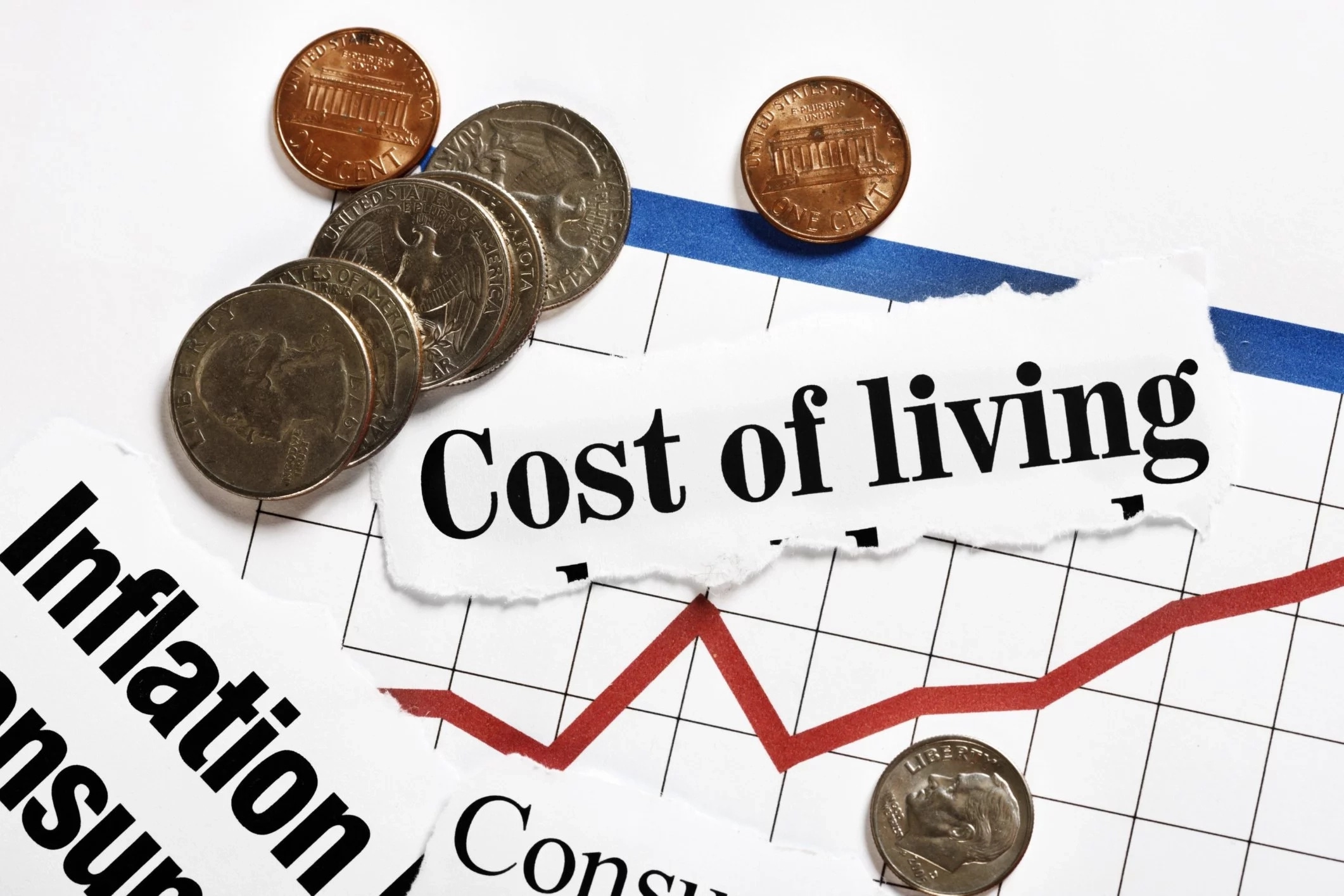At 11.85 per cent, the November inflation figures proved bookmakers wrong as consumer prices continue to skyrocket amid the ongoing border closures, festive season mood and excess liquidity in the banking system.
According to the National Bureau of Statistics( NBS), the annual inflation rate rose to 11.85 per cent last month from October’s 11.61 per cent. It was the highest inflation rate since April last year, as food prices continued to surge. Inflation Rate in the country averaged 12.43 per cent from 1996 until 2019, reaching an all time high of 47.56 per cent in January of 1996 and a record low of -2.49 per cent in January 2000.
The current uptick clearly beat the expectation of the Central Bank Governor, Mr Godwin Emefiele, who had predicted, before the release of the inflation numbers, that it would rise slightly to about 11.7 per cent by the end of year.
But the NBS came out with a shocking revelation that, one month to close the year, the inflation rate had spiraled to one- and –a- half-year high of 11.85 per cent!
The NBS report states: “The annual inflation rate in Nigeria rose to 11.85 per cent in November of 2019, its highest level since April last year, from 11.61 percent in the prior month. Prices continued to rise primarily for food, mainly attributable to the ongoing borders’ closure and the festive season mood.
“Year-on-year, food inflation remained high at over 1-1/2 years (14.48 per cent vs 14.09 per cent in October), amid the adverse effect of the ongoing closure of the Nigerian borders which has led to hikes in the cost of some commodities such as rice, chicken, and turkey and also due to the festive season mood.
“Additional upward pressure came from housing & utilities (7.70 per cent vs 7.62 per cent); transport (9.17 per cent vs 9.07 per cent); clothng & footwear (9.79 per cent vs 9.77 per cent); health (9.44 per cent vs 9.32 per cent); communication (7.97 per cent vs 7.88 percent); recreation & culture (8.12 per cent vs 8.06 per cent); miscellaneous goods & services (9 per cent vs 8.83 per cent) and restaurants & hotels (8.30 percent vs 8.24 per cent). Meantime, cost slowed for alcoholic beverages, tobacco and Kola (9.82 percent vs 9.93 per cent) while barely changed for furnishings (9.08 percent vs 9.10 per cent).
“Annual core inflation, which excludes price of volatile agricultural products, rose to 8.99 percent from 8.88 per cent in the previous month and reaching its highest level since May.
“On a monthly basis, consumer prices went up 1.02 per cent, easing slightly from a 1.07 per cent increase in the prior month, mainly due to a deceleration in prices of food (1.25 per cent vs 1.33 per cent).”
The November data caught analyst Lukman Otunuga off guard, making him to wonder: “Are inflationary pressures making an unwelcome return?”
He stated: “Rising inflationary pressures in Nigeria will certainly fuel speculation around the Central Bank of Nigeria (CBN). This will maintain the status quo on interest rates during the first quarter of 2020. Consumer prices in Africa’s largest economy jumped 11.85 per cent in November as food prices continued to climb. With inflation rising for the third consecutive month and hitting its highest level since April 2018, the Naira remains in the direct line of fire. There is a threat of inflation building momentum in the near term amid the ongoing border closures and excess liquidity in the banking system. Given how the CBN is unlikely to cut interest rates from 13.5 per cent in a high inflation environment, much focus will be on the loan- to- deposit rate for banks which have been set to 70 per cent from 65 per cent. It will be interesting to see whether this move bolsters economic growth through sustained investments in the nation’s real sector, particularly small and medium-sized enterprises”.
Read Also: Senators Preach Peace, Tolerance At Christmas
During the Bankers’ Dinner last month in Lagos, Emefiele had chronicled CBN’s efforts in curtailing inflation.
Hear him: “Headline inflation declined from its high of 18.7 percent to 11.08 per cent in August 2019. We recently noticed an uptick in headline inflation which stood at 11.61 per cent in October 2019, partly driven by cost – push factors such as the recent border protection measures of the Federal Government. We believe this effect will be temporary, as efforts are currently being made to induce greater production of staple food items.
“However, core inflation as at October 2019 is now under 9 per cent. This decline in inflation has been due to our maintenance of a tighter monetary policy rate at 13.5 percent, and improved inflow of foreign exchange.
“On [the] inflation, we expect it to rise slightly to about 11.7 per cent by the end of 2019 and then moderate thereafter supported by our efforts at improving domestic production of staple food items.”
NAN

